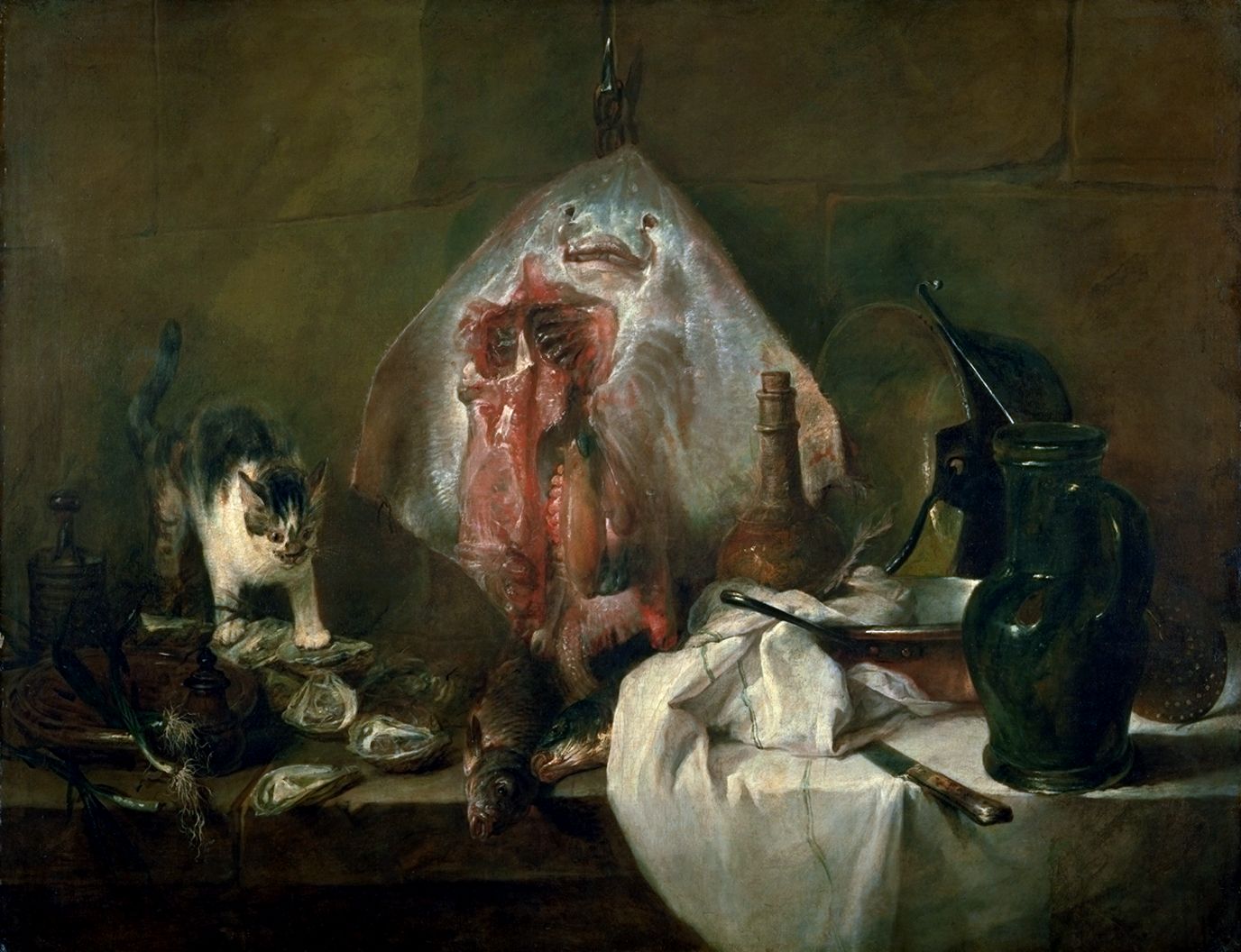Now, if you're a follower of my blog, you may have guessed that anything with Andrew Graham Dixon in it is okay by me.
So please do take a look at his latest series Art of France on BBC Four. Even if, in episode one, he did rehash his 'church as reliquary ' theory from Treasures of Heaven.
He also got his hands, quite literally, on Les Tres Riches Heures du Duc de Berry by the Limbourg Brothers. This was so amazing, I (sadly) actually screamed. The last time I saw a page of the book was in a slide test during a Fine Art exam, and so it has been seared in my memory ever since. But I had no idea what size the original was, or how stunningly bright and breathtakingly detailed it is. And there it was, like an old friend! And to think Andrew had his ungloved hands on it!!
This series, then, is the story of the most
powerful kings ever to rule in Europe with their glittering palaces and
astounding art to go in them. AGD reveals how art emerged from a
struggle between tradition and revolution, between rulers and a people
who didn't always want to be ruled.
Starting with the first great
revolution in art, the invention of Gothic architecture, he traces its
development up until the arrival of Classicism and the Age of
Enlightenment - and the very eve of the Revolution. Along the way some
of the greatest art the world has ever seen was born including the
paintings of Poussin (amazing), Watteau (awful) and Chardin (strangely compelling). Here is Chardin's The Ray, where the cat arches it back, like the cat in Olympia, and the disembowelled body of the fish hangs centre stage, smiling its strange, unsettling, martyred smile.
It is like the face of the flayed faun in Titian's last painting, The Punishment of Marsyas.
Chardin has managed to create a still life that you actually have empathy and pity for. And that's something.
AGD also covers the decadent Rococo delights
of Boucher and the great history paintings of Charles le Brun - not my favourite period, I have to say, but interesting historically all the same.
You can also see episode 2 There Will be Blood.
This second episode is an exploration of how art in France took a dramatic turn
following the French Revolution that ushered in a bold new world, because of course art is inextricably a reflection of the times in which it is made.
From
the execution of King Louis XVI and the rise of Napoleon Bonaparte - a
figure who simultaneously repelled and inspired artists of his time -
through to the rise of Romanticism and an art of seduction, sex and high
drama. Artists include Jacques-Louis David - whose
art appeared on the barricades and in the streets - as well as the work
of Delacroix, Ingres and the tragic but brilliant Theodore Gericault.
Roll on L'Origine du Monde!



No comments:
Post a Comment